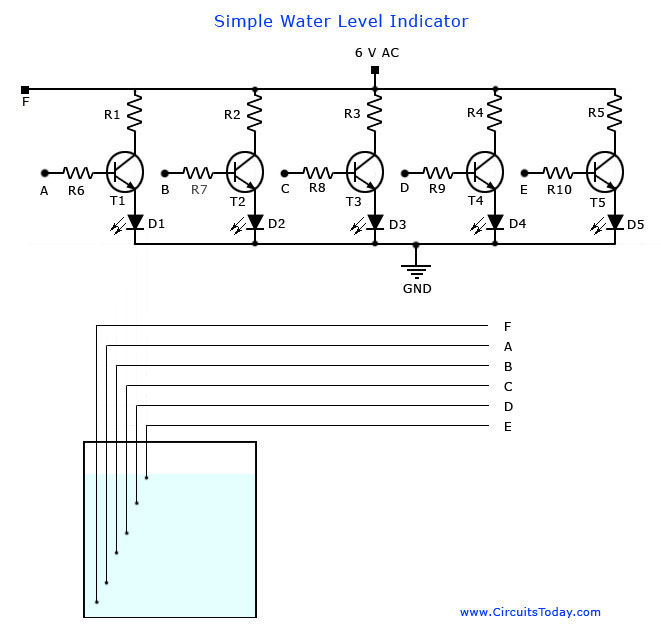Personality, social factors and individual background variables on the mobile phone text messages have a certain psychological predictors. Personality, social factors and individual psychological background variables through SMS mobile phone text messages as an intermediary variables on the use of the Indirect impact. While the extraversion personality and sense of responsibility can also be used directly to predict behavior of mobile phone text messages. Study were 475 valid questionnaires, which have cell phones, the number of people using SMS 81.5%. And consistent with previous findings, gender, whether to use SMS, SMS cost ratio and the number of SMS sent in did not show significant differences in the impact of family origin is an important factor in the use of SMS. To the individual background variables, social factors and Big Five personality as a predictor variable, the need to make friends as the dependent variable for multiple regression analysis, the results can be found not found the variable into the regression equation, indicating that these variables can not predict the respondents from the phone SMS in the need to make friends. The personal, social, and psychological factors can not only directly affect the behavior of SMS use, but also indirectly through the psychological impact of mobile phone SMS text messaging usage behavior. The more visualized explanation is that the requestor is serially connected with the power end of cell phone jammer . In addition, the various dimensions of social support through the impact on the understanding of the prevalence of mobile phone text messages, SMS can also affect the adoption, but the indirect effects of several sub-dimensions there are also negative, temporarily unable to identify its overall impact. SMS students and levels of consumption structure is relatively simple, the impact SMS consumption, the main factor is price, followed by the SMS unique expression. Students send SMSs main target is family and friends, mainly for blessings class, the purpose is to increase contact and exchange feelings, access to information. SMS mobile phone costs account for the proportion of expenditure generally below 50%, generally in the week to send the number 50 below. The main body of cell phone jammer should be installed on the top inside the box with the antenna coming out of the box body.
Nokias highly trained staff has been reflected in the market. From the service side, the customer believes that Nokia service personnel trained, professional and standards. However, we believe that Nokias personnel training system although very advanced, but which lack a very important factor, that is humane. The results from the previous market research, we learned that the customer is usually very reliable service with Motorola phones Nokia, but Nokia mobile phone service although professional but not much expression. Instead of Motorola employees in the "smile" of the relative place. Nokia Corporation (Nokia Corporation NYSE: NOK) is a multinational mobile communications products, headquartered in Finland. In the mobile phone market, Nokia has for years occupied the market share position.
Read More..
Nokias highly trained staff has been reflected in the market. From the service side, the customer believes that Nokia service personnel trained, professional and standards. However, we believe that Nokias personnel training system although very advanced, but which lack a very important factor, that is humane. The results from the previous market research, we learned that the customer is usually very reliable service with Motorola phones Nokia, but Nokia mobile phone service although professional but not much expression. Instead of Motorola employees in the "smile" of the relative place. Nokia Corporation (Nokia Corporation NYSE: NOK) is a multinational mobile communications products, headquartered in Finland. In the mobile phone market, Nokia has for years occupied the market share position.

 For regulating a solar panels output, there are several possible ways. A linear series regulator can be used, but has the disadvantage of causing some voltage drop and having some internal power consumption at times when the sun is weak and the load is heavy. Its much better to use a shunt regulator, which is inactive at such times, and springs to life only when there is excess energy. For this reason, most solar panel regulators use the shunt scheme, the one presented here being no exception.
For regulating a solar panels output, there are several possible ways. A linear series regulator can be used, but has the disadvantage of causing some voltage drop and having some internal power consumption at times when the sun is weak and the load is heavy. Its much better to use a shunt regulator, which is inactive at such times, and springs to life only when there is excess energy. For this reason, most solar panel regulators use the shunt scheme, the one presented here being no exception.






.gif)






























